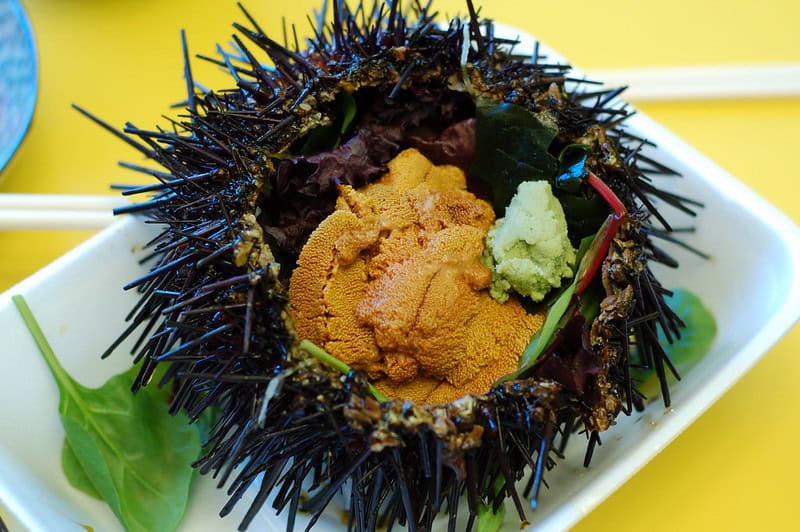Nature is full of wonders, and the plant kingdom is no exception. From enormous blooms that smell like rotting flesh to tiny plants that float on water, these peculiar plants showcase extraordinary features that captivate and intrigue. Each plant on this list demonstrates unique adaptations and fascinating characteristics, highlighting the incredible diversity and ingenuity of nature. Let’s explore some of the most peculiar plants with extraordinary features that you might not have known about.
Rafflesia Arnoldii (Corpse Flower)
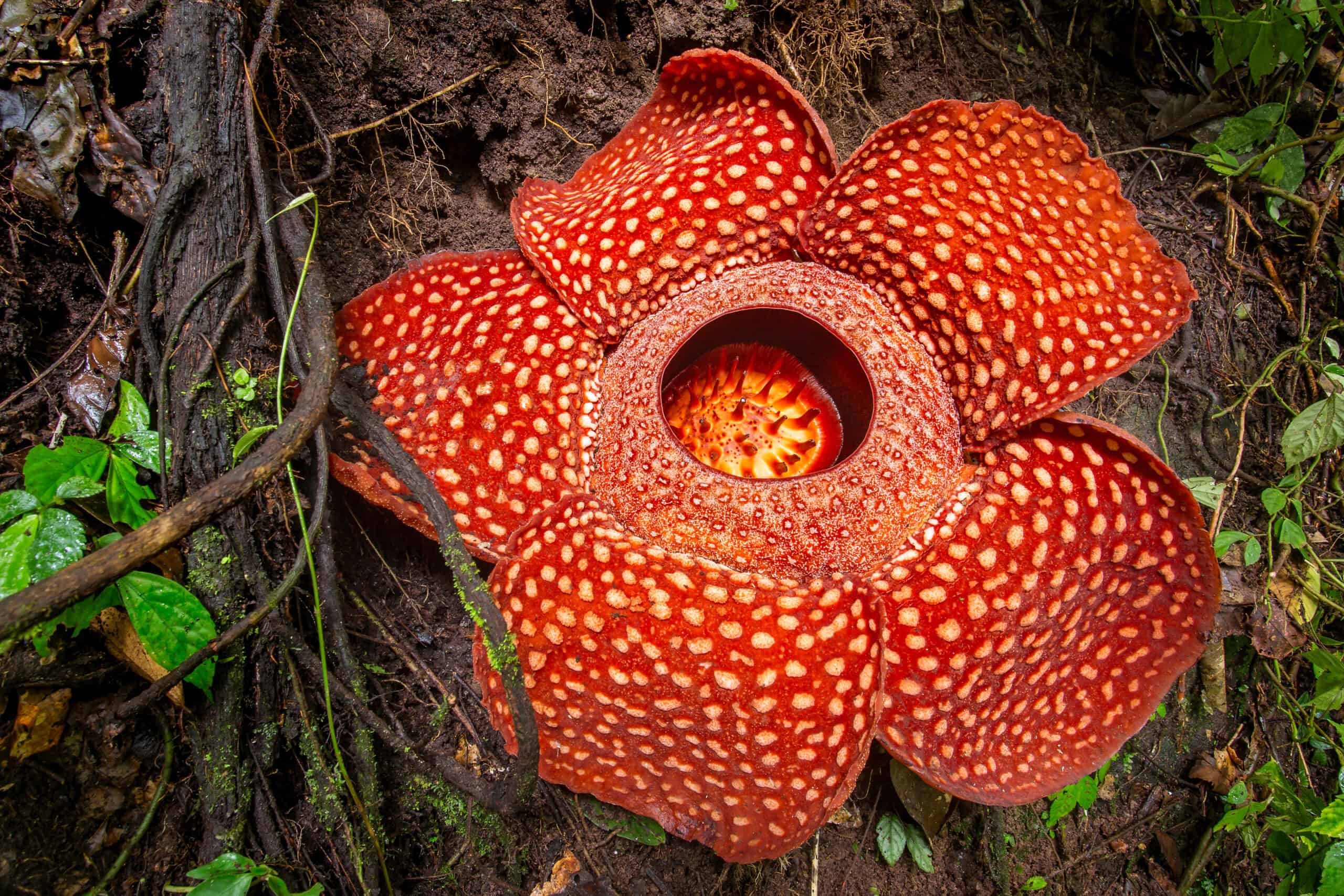
Known for its gigantic size and putrid smell, the Rafflesia Arnoldii can weigh up to 24 pounds. It produces the largest individual flower in the world, measuring over three feet in diameter. The scent it emits mimics that of rotting flesh, attracting flies for pollination. This parasitic plant has no visible leaves, stems, or roots, relying entirely on its host vine for nutrients. Native to the rainforests of Southeast Asia, it remains one of the most bizarre and intriguing plants.
Mimosa Pudica (Sensitive Plant)
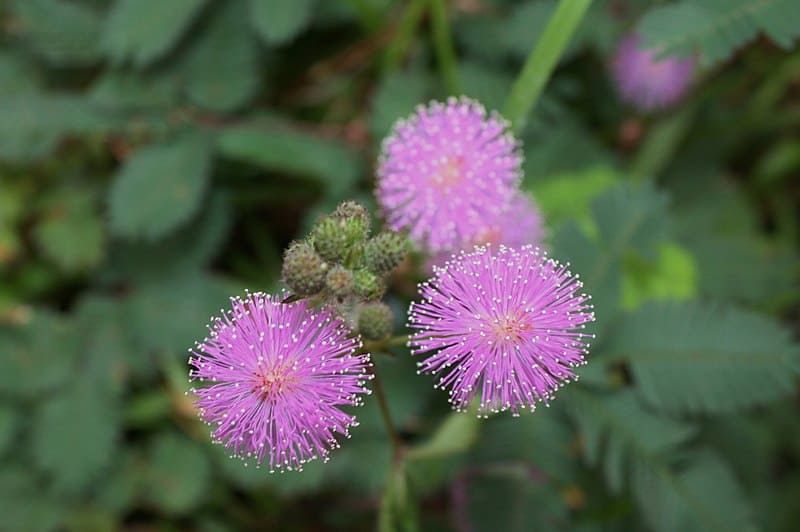
The Mimosa Pudica, also known as the Sensitive Plant, exhibits a fascinating response to touch. Its leaves fold inward and droop when disturbed, a defense mechanism against predators. This rapid movement is due to changes in turgor pressure within the plant’s cells. Found in tropical regions, it thrives in moist, shaded environments. Its unique sensitivity has made it a popular plant for both scientific studies and decorative gardening.
Amorphophallus Titanum (Titan Arum)
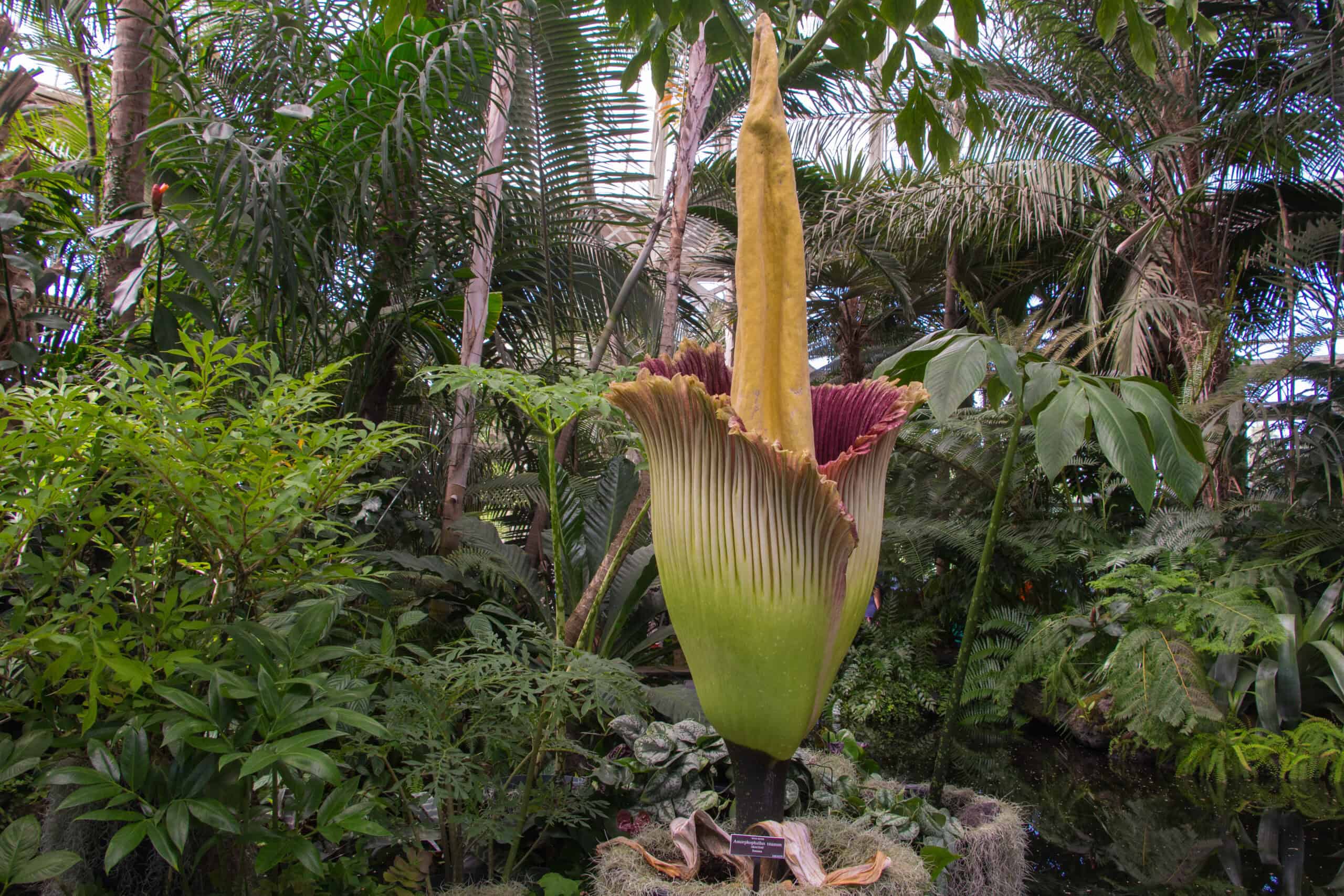
Amorphophallus Titanum, commonly referred to as the Titan Arum or Corpse Flower, is famous for its enormous inflorescence and foul odor. This plant can reach heights of up to 10 feet, with a single blooming event that lasts only 24 to 48 hours. Its smell, resembling decaying meat, attracts carrion beetles and flesh flies for pollination. Native to the rainforests of Sumatra, Indonesia, the Titan Arum blooms infrequently, sometimes taking years between events. Its rarity and size make it a marvel in botanical gardens worldwide.
Dracaena Cinnabari (Dragon’s Blood Tree)
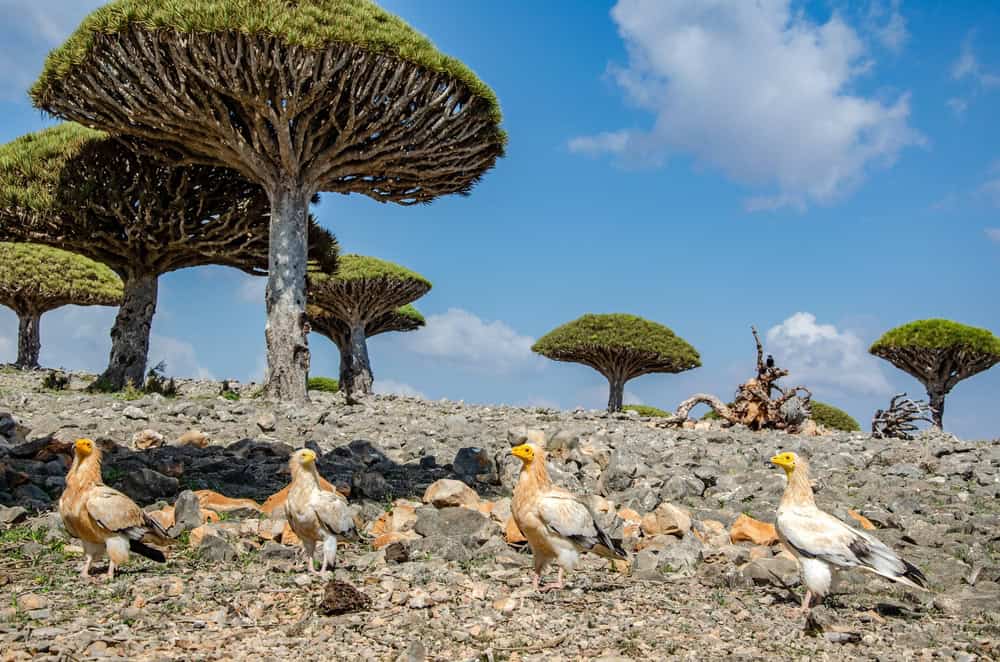
The Dragon’s Blood Tree, Dracaena Cinnabari, is named for its unique red sap, which was historically used as a dye, medicine, and even in magical rituals. This tree, native to the Socotra archipelago, has a distinctive umbrella-like shape, helping it survive in arid conditions by reducing water loss. The sap is harvested by making incisions in the bark, a practice that dates back to ancient times. Its unusual appearance and valuable resin have made it a subject of myth and legend. The Dragon’s Blood Tree plays a crucial ecological role, providing habitat and food for various species in its native environment.
Hydnora Africana

Hydnora Africana, an underground parasitic plant native to Southern Africa, is known for its bizarre, fleshy flowers that emerge from the soil. These flowers emit a strong odor of feces to attract dung beetles for pollination. The plant lacks chlorophyll and relies entirely on its host for nutrients. Its fruit is edible and is traditionally used by indigenous people. The Hydnora Africana’s peculiar appearance and lifestyle make it a subject of fascination among botanists.
Welwitschia Mirabilis
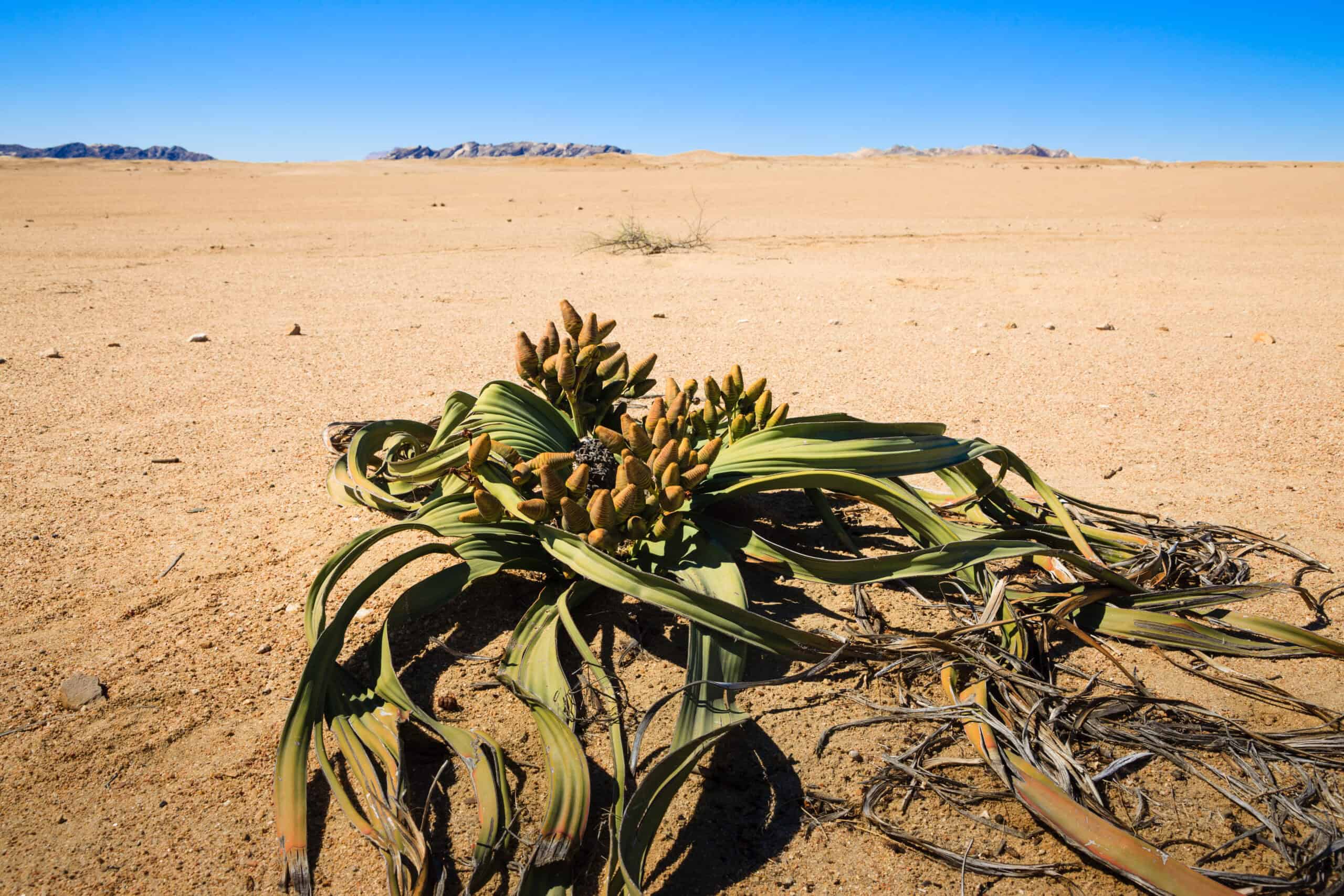
Welwitschia Mirabilis is a unique plant found in the Namib Desert, often considered a living fossil. It has only two leaves that grow continuously throughout its lifetime, which can exceed a thousand years. These leaves can reach lengths of over 13 feet and provide vital moisture through condensation. The plant’s deep taproot system helps it survive in the harsh desert environment. Its extraordinary longevity and resilience make Welwitschia a remarkable example of adaptation.
Nepenthes Attenboroughii
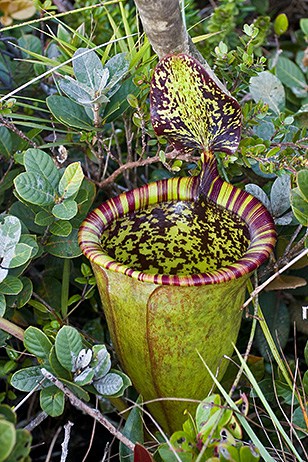
Named after the famed naturalist Sir David Attenborough, Nepenthes Attenboroughii is one of the largest carnivorous pitcher plants. It features enormous pitchers that can hold up to three liters of liquid, trapping insects and small animals. This plant is endemic to the Philippines, thriving in high-altitude, nutrient-poor soils. Its unique digestive fluid breaks down prey, allowing the plant to absorb essential nutrients. The discovery of Nepenthes Attenboroughii in the 21st century highlighted the ongoing mysteries of plant biodiversity.
Puya Raimondii (Queen of the Andes)
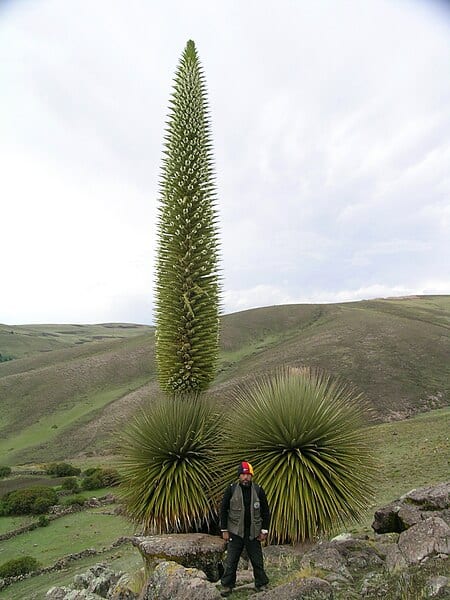
Puya Raimondii, known as the Queen of the Andes, is the largest bromeliad in the world. It can grow up to 50 feet tall, with its flower spike bearing over 8,000 individual blossoms. This plant has a slow growth cycle, taking up to 100 years to bloom, after which it dies. It is native to the high Andes of Peru and Bolivia, adapted to cold, arid conditions. The Queen of the Andes’ impressive stature and rare flowering event make it a spectacle in its natural habitat.
Lithops (Living Stones)
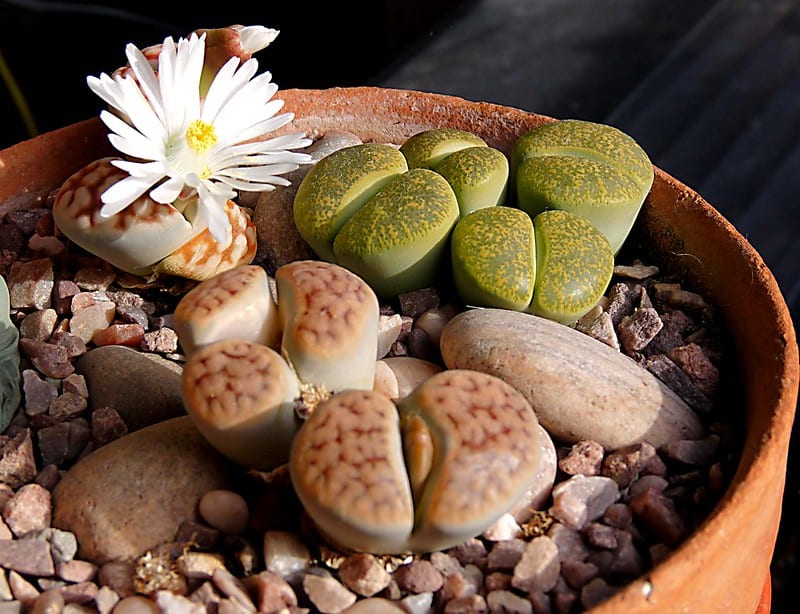
Lithops, commonly known as Living Stones, are small succulents that mimic the appearance of pebbles. This camouflage helps protect them from herbivores in their native habitats in southern Africa. They consist of two fleshy leaves that store water, allowing them to survive prolonged droughts. During their blooming season, Lithops produce vibrant flowers that emerge from the center of the leaves. Their unique adaptation and striking appearance have made them popular among succulent enthusiasts.
Dionaea Muscipula (Venus Flytrap)

The Venus Flytrap, Dionaea Muscipula, is perhaps the most famous carnivorous plant. It captures insects using its modified leaves, which snap shut when trigger hairs are touched. This rapid movement is one of the fastest in the plant kingdom. Native to the subtropical wetlands of the Carolinas in the USA, it relies on nutrient-poor soil, supplementing its diet with captured prey. Its fascinating trapping mechanism and distinctive appearance have made it a subject of intrigue and study.
Baobab Tree (Adansonia)
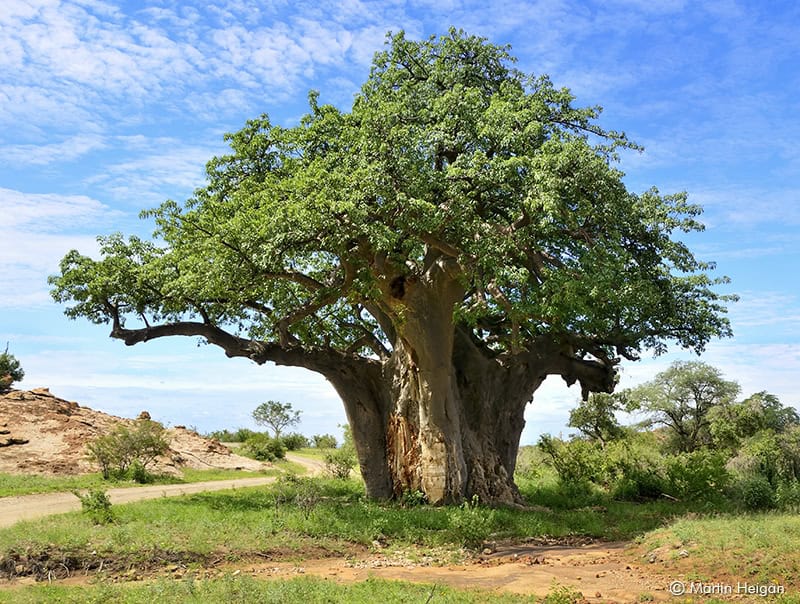
Baobab trees, belonging to the genus Adansonia, are iconic for their enormous trunks and longevity. Some species can live for over a thousand years and store thousands of liters of water in their trunks. These trees are found in Madagascar, mainland Africa, and Australia, thriving in dry, arid regions. Their fruit, known as monkey bread, is rich in nutrients and has been used in traditional medicine. The baobab’s unique appearance and ecological importance make it a vital part of the landscapes they inhabit.
Venus’s Slipper (Paphiopedilum)
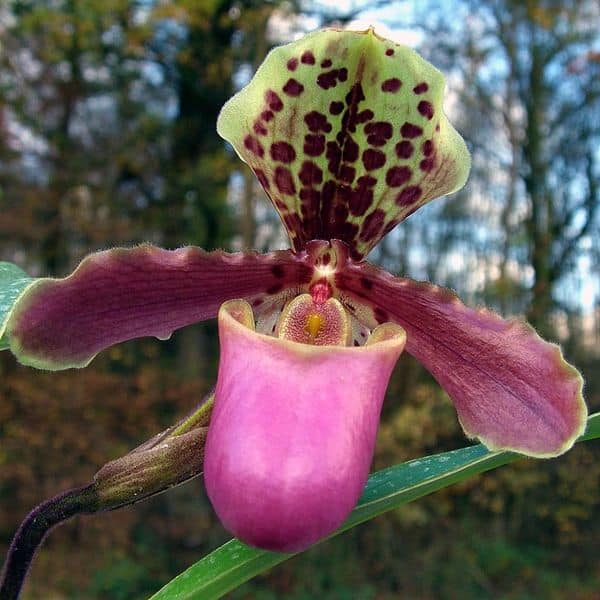
Paphiopedilum, commonly known as Venus’s Slipper, is a genus of rare and exotic orchids. These plants feature slipper-shaped pouches that trap insects, aiding in pollination. They are native to Southeast Asia, thriving in tropical forests and limestone regions. Each species within this genus displays a stunning variety of colors and patterns. The intricate beauty and unique pollination strategy of Venus’s Slipper orchids have made them highly sought after by collectors and botanists alike.
Tacca Chantrieri (Bat Flower)

Tacca Chantrieri, or the Bat Flower, is known for its unusual black flowers that resemble a bat in flight. This tropical plant is native to Southeast Asia and thrives in shaded, humid environments. Its dark, wing-like bracts and long, trailing whiskers make it one of the most distinctive flowers in the plant kingdom. The Bat Flower’s exotic appearance has made it a popular ornamental plant, though it requires specific care to flourish. Its unique form and coloration continue to captivate plant enthusiasts worldwide.
Psychotria Elata (Hot Lips Plant)
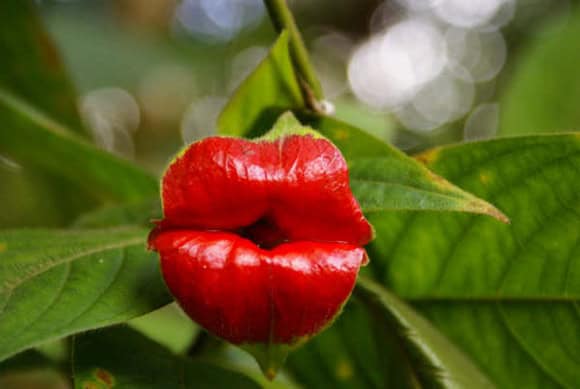
Psychotria Elata, often referred to as the Hot Lips Plant, is known for its bright red, lip-shaped bracts. These bracts surround the small, white flowers and are designed to attract pollinators such as hummingbirds and butterflies. Native to the tropical rainforests of Central and South America, it thrives in moist, shaded conditions. The Hot Lips Plant’s striking appearance and ecological role in pollination make it a fascinating species. Its vibrant, distinctive look has made it a popular plant for exotic gardens.
Dendrocnide Moroides (Gympie-Gympie)
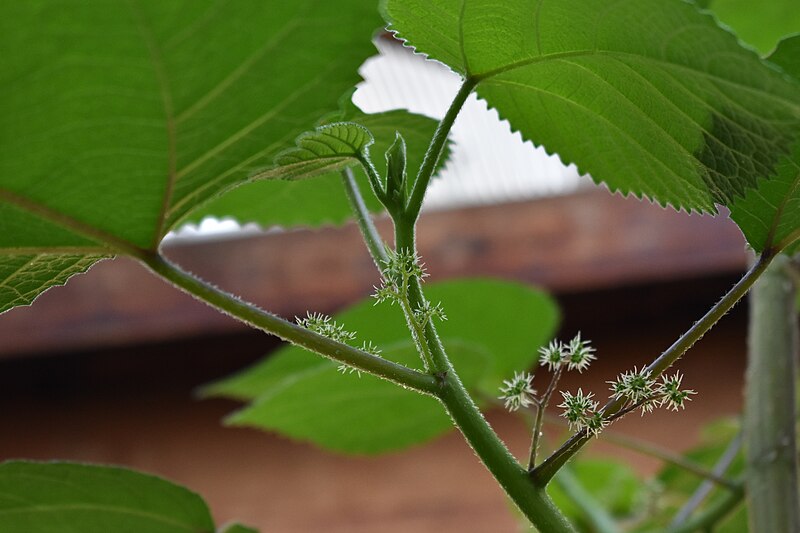
Dendrocnide Moroides, commonly known as the Gympie-Gympie plant, is infamous for its extremely painful sting. Found in the rainforests of Australia and Indonesia, its leaves and stems are covered in tiny, silica-tipped hairs that release a potent neurotoxin. Contact with the plant can result in severe pain that lasts for weeks or even months. Despite its dangerous nature, the Gympie-Gympie plays an important role in its ecosystem, providing habitat for various insects. Its notoriety as one of the world’s most painful plants has made it a subject of both fear and fascination.
Selenicereus Grandiflorus (Queen of the Night)
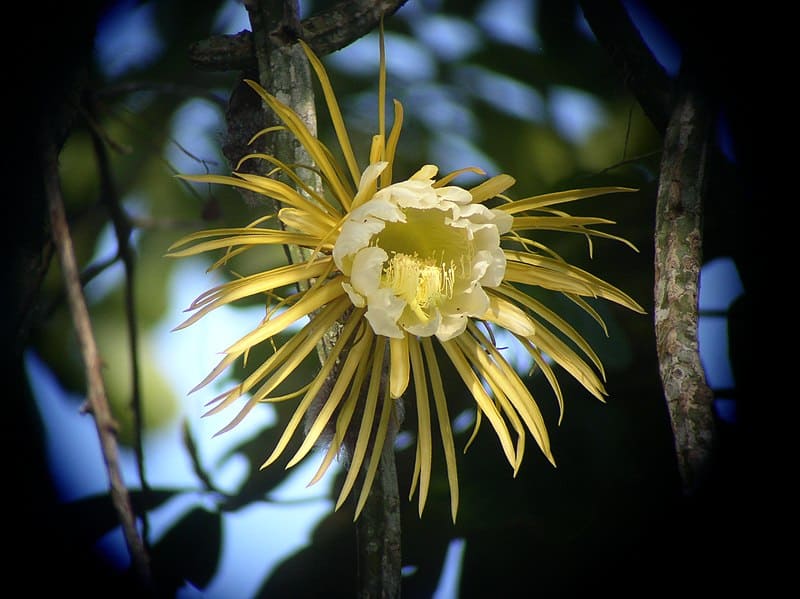
The Queen of the Night, Selenicereus Grandiflorus, is a cactus known for its large, fragrant flowers that bloom only at night. This plant, native to Central America and the Caribbean, produces blooms that can reach up to 12 inches in diameter. The flowers open at dusk and close by dawn, lasting only one night. Its dramatic, fleeting beauty has inspired many myths and stories. The Queen of the Night’s nocturnal blooms and enchanting fragrance make it a captivating sight for those fortunate enough to witness it.
Roridula
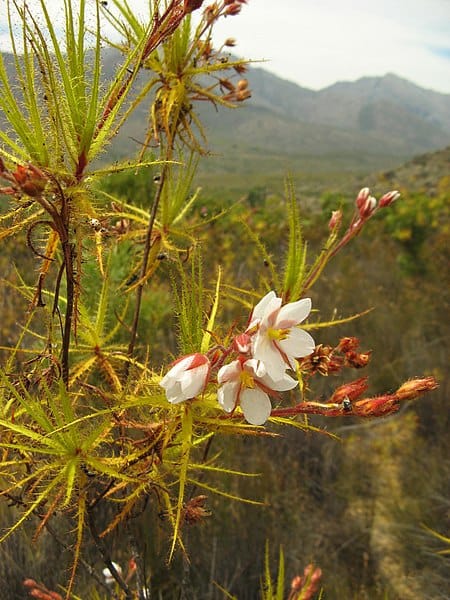
Roridula is a genus of carnivorous plants that capture insects using sticky, resin-covered leaves. Unlike other carnivorous plants, Roridula relies on a mutualistic relationship with assassin bugs, which feed on the trapped insects and excrete nutrients that the plant absorbs. Found in South Africa, these plants thrive in nutrient-poor, sandy soils. Their unique feeding strategy and adaptation to harsh environments make Roridula a fascinating example of co-evolution. The sticky, resinous leaves and intricate ecological interactions of Roridula continue to intrigue botanists.
Wolffia (Watermeal)
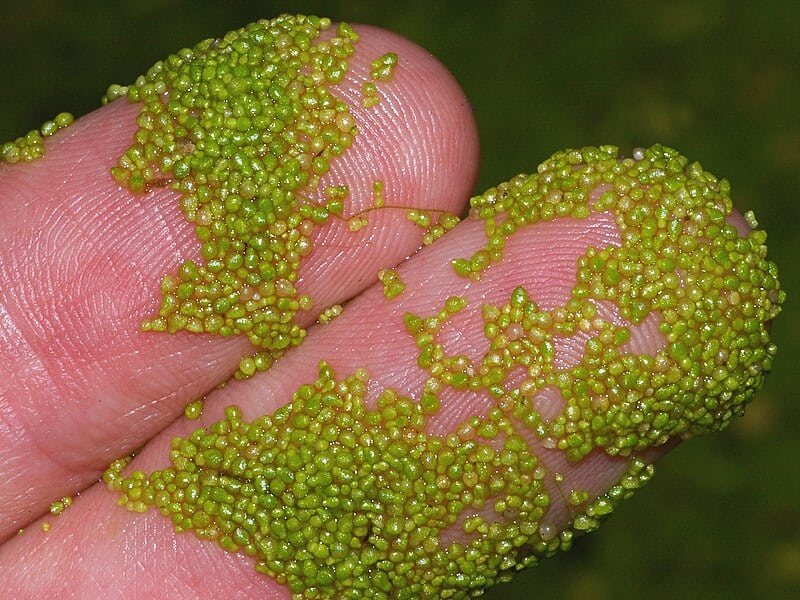
Wolffia, also known as Watermeal, is the smallest flowering plant in the world. Each plant is about the size of a grain of rice, floating on the surface of still or slow-moving water. Despite their tiny size, Wolffia plants are highly nutritious, with a protein content comparable to soybeans. They reproduce rapidly, forming dense mats that can cover entire water bodies. The simplicity and efficiency of Wolffia’s growth make it an interesting subject for studies on plant evolution and ecology.
Stapelia Gigantea (Zulu Giant)
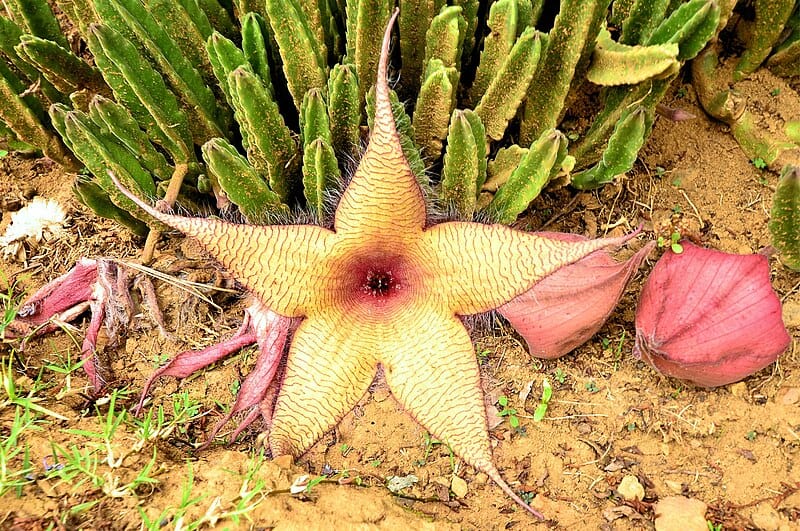
Stapelia Gigantea, commonly known as the Zulu Giant, is a succulent plant known for its large, star-shaped flowers. These flowers emit a strong odor of rotting meat, attracting flies for pollination. Native to South Africa, the Zulu Giant thrives in arid environments. Its fleshy, cactus-like stems and striking, odorous flowers make it a unique addition to succulent collections. The plant’s ability to mimic the smell of decaying flesh is a remarkable example of evolutionary adaptation.
Victoria Amazonica (Amazon Water Lily)

Victoria Amazonica, the Amazon Water Lily, is the largest water lily species in the world. Its leaves can grow up to 10 feet in diameter, capable of supporting the weight of a small child. The flowers are equally impressive, opening white at night and turning pink by day. Native to the Amazon Basin, this plant thrives in shallow, slow-moving waters. The Amazon Water Lily’s enormous size and beautiful blooms make it a stunning feature of aquatic landscapes.
This article originally appeared on Rarest.org.



